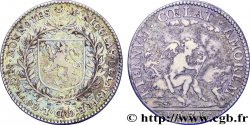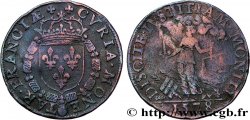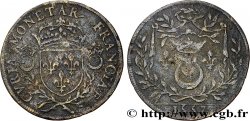fjt_708986 - COUR DES MONNAIES DE PARIS Henri III - Émission au revers de Nicolas Le Camus 1586
120.00 €
Количество
Добавить в корзину

Тип Henri III - Émission au revers de Nicolas Le Camus
Дата: 1586
Металл: brass
Диаметр: 28 mm
Ориентация осей монеты: 6 h.
Вес: 5,75 g.
Век: lisse
Редкость: R2
Лицевая сторона
Аверс: легенда: CVRIA. MONETAR. FRANCIAE.
Аверс: описание: Écu de France couronné entouré du collier de l’ordre de Saint Michel.
Обратная сторона
Реверс: легенда: FRAVS VIRTVTE PERIT ; À L'EXERGUE : 1586.
Реверс: Описание: Lion égorgeant un loup.
Реверс: перевод: Le vice périt par la vertu.
Комментарий
Ce revers est aussi celui du jeton de Nicolas Le Camus, Conseiller du Roy et Général en sa Cour des Monnaies, Feuardent 2251 et Corre 2809. On peut penser que les fonctions de contrôle étaient particulièrement importantes pour la Cour des Monnaies pour justifier un revers plus que violent où Nicolas le Camus est certainement le lion et le fraudeur le loup.







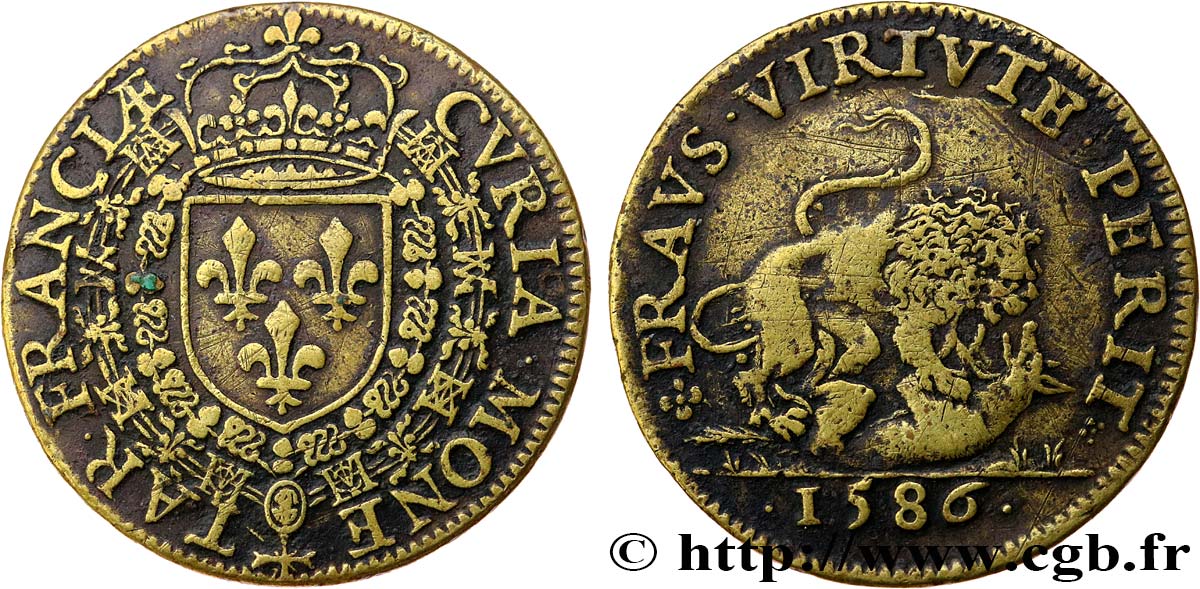
 Cообщить об ошибке
Cообщить об ошибке Распечатать страницу
Распечатать страницу Отправить мой выбор
Отправить мой выбор Задать вопрос
Задать вопрос Consign / sell
Consign / sell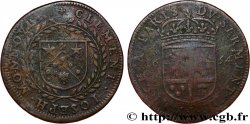
 Информация
Информация